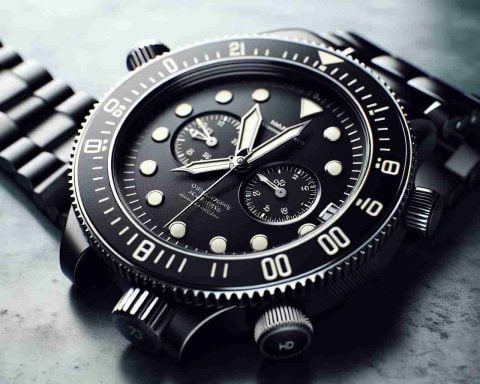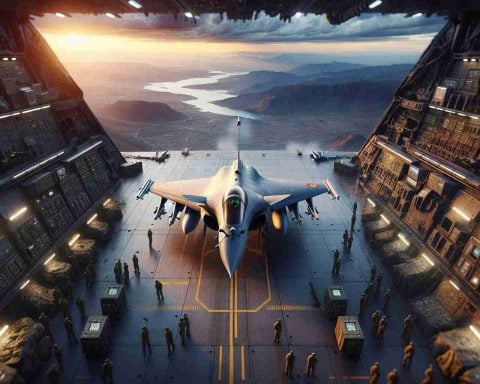In recent days, captivating footage of Russia’s fifth-generation stealth fighter, the Su-57, has taken social media by storm, drawing considerable attention from defense analysts worldwide. The striking feature of this aircraft is its newly designed flat nozzle, a significant advancement in military aviation technology.
This particular Su-57 is powered by a new engine, identified as “Product 30,” making it the second flying prototype outfitted with this cutting-edge technology. Analysts suggest that the flat nozzle is crafted to reduce the aircraft’s visibility on enemy radar systems, enhancing its stealth capabilities to a new level.
In design evolution, the flat engine nozzle mirrors advancements seen on the F-22 Raptor, serving to minimize the radar signature more effectively than conventional symmetrical nozzles. In addition to its radar evasion benefits, this nozzle structure provides enhancements in infrared detection capabilities, offering a tactical edge in complex combat scenarios.
Further insights reveal that the Su-57’s innovative nozzle includes movable flaps, giving the aircraft superior control over thrust vectoring across two dimensions. The newly developed engine, the AL-51F-1, is noted for its remarkable thrust output and lower weight compared to its predecessor, the AL-41F-1, marking a significant leap in aerial performance.
These strategic upgrades point towards Russia’s continued commitment to advancing its air force capabilities, reinforcing the Su-57’s position as a formidable player in modern aerial warfare.
Russia’s Su-57: A Glimpse into the Future of Stealth Aviation
In the ever-evolving world of military aviation, Russia’s Su-57 is making headlines with groundbreaking innovations that have captured the attention of defense analysts worldwide. This article delves into the new dimensions of the Su-57’s design, its incredible features, and the impact it is poised to have on modern aerial combat.
A Revolutionary Advancement: The Flat Nozzle Design
The newly unveiled flat nozzle on the Su-57 is a notable progression in stealth technology. Borrowing principles from the F-22 Raptor, this innovation dramatically reduces the aircraft’s radar signature. Its low-profile design not only enhances stealth capabilities but also improves infrared detection evasion, thus providing a significant tactical advantage.
The Power of “Product 30”
Under the hood, the Su-57 is driven by the “Product 30” engine, marking a new era in thrust efficiency and performance. This engine is lighter and more powerful than its predecessor, the AL-41F-1, offering enhanced thrust vectoring with the help of movable flaps that ensure superior control and agility. These modifications contribute to the Su-57’s extraordinary maneuverability, a critical feature in high-stakes aerial engagements.
A Comparative Edge
The flat nozzle’s design enables the Su-57 to operate with a level of stealth that challenges existing standards. Compared to traditional symmetrical nozzles, this new configuration offers unparalleled radar evasion, positioning the Su-57 as a formidable competitor in the global stealth fighter market. Its advancements not only rival those of the F-22 but potentially outpace various aspects of competitors like the F-35.
Innovation Trends and Future Implications
Russia’s continuous improvement of their military technologies with the Su-57 demonstrates a broader trend towards enhanced stealth and versatility in next-generation aircraft. As these technologies mature, it is expected that designs akin to the Su-57’s will become central to both defensive and offensive air strategies globally.
Insights into Stealth Fighter Market Dynamics
The introduction of the advanced Su-57 should prompt a reassessment of market strategies among leading fighter jet manufacturers. With its enhanced stealth features and powerful engine, the Su-57 strengthens Russia’s presence in the international arms market, challenging Western dominance in the stealth aircraft sector.
Conclusions
Russia’s Su-57 fighter jet emerges as an emblem of innovation and strategic advancement in military aviation. Its state-of-the-art features underscore Russia’s commitment to refining aerial warfare capabilities, setting new standards in the realm of stealth technology. As nations continue to invest in advanced defense systems, the Su-57 represents a pivotal development in future air combat scenarios.
For more insights into aviation and military technology, visit Defense News.



















